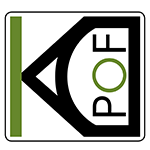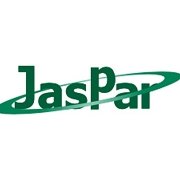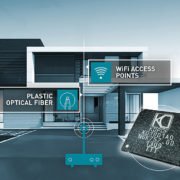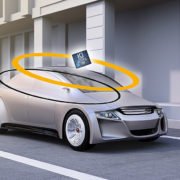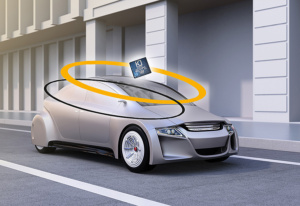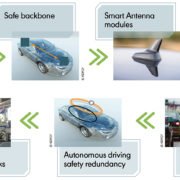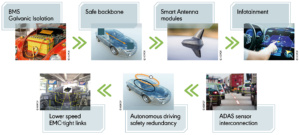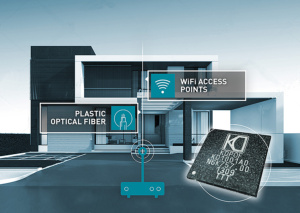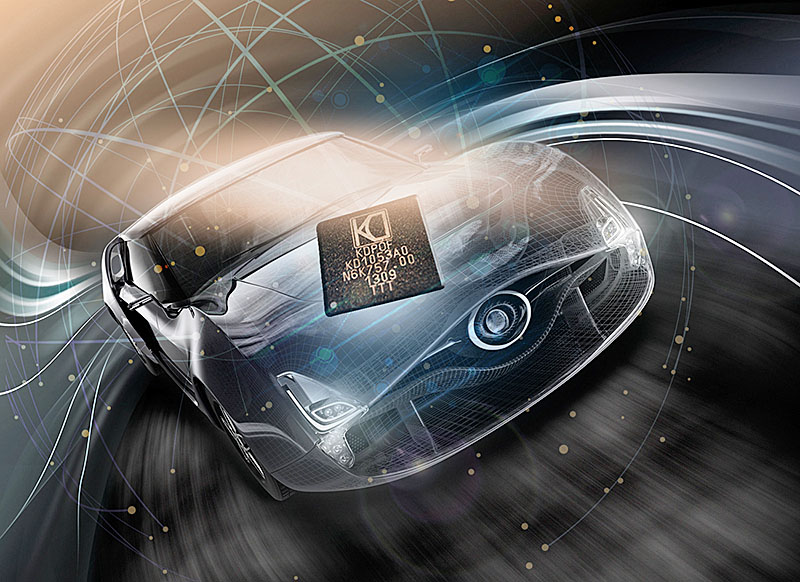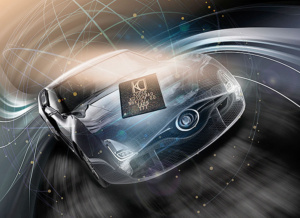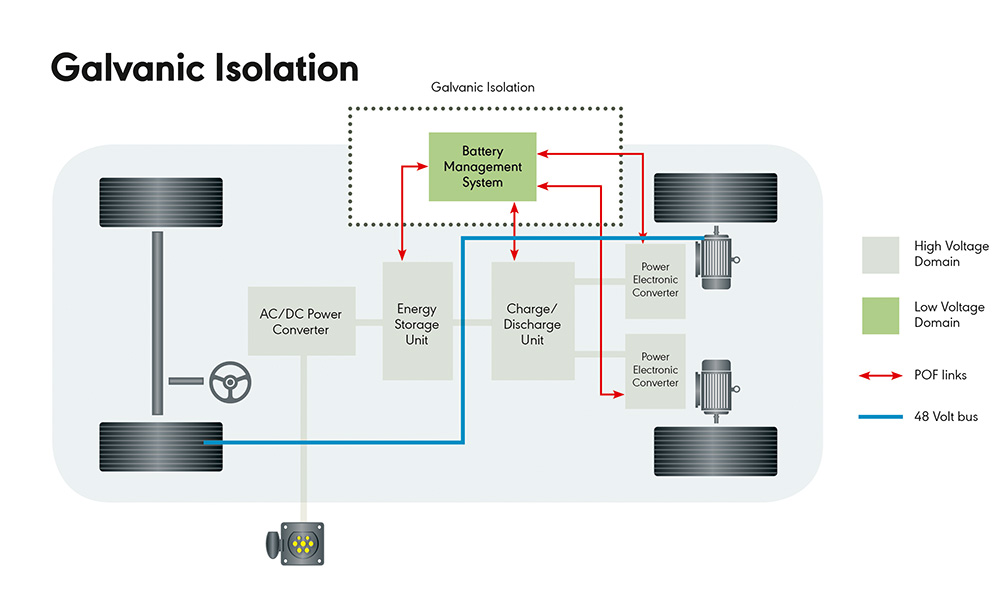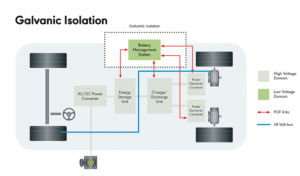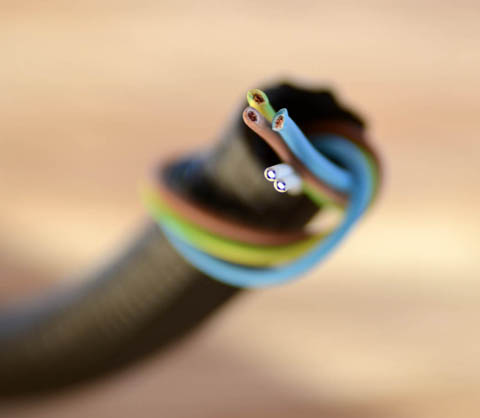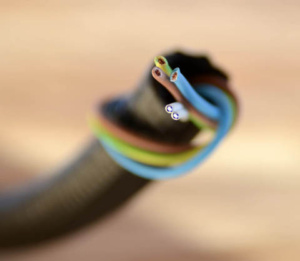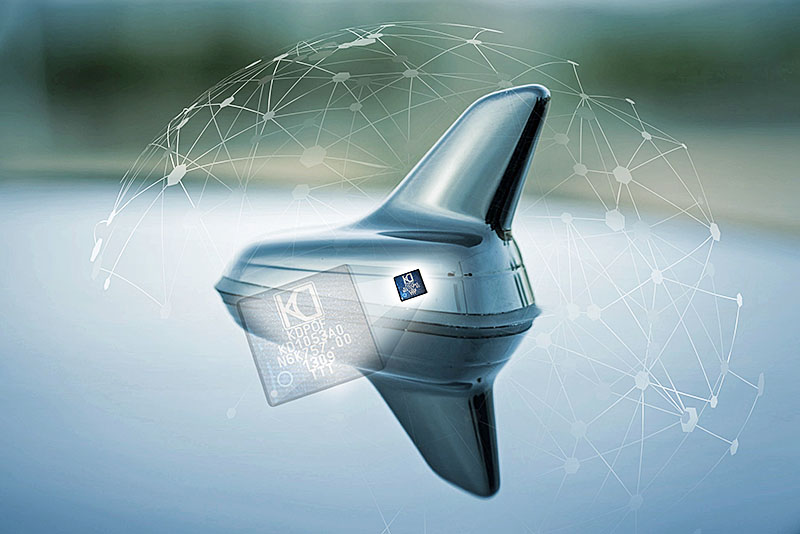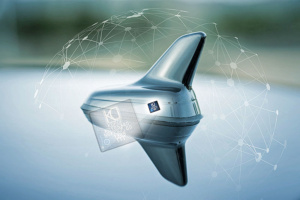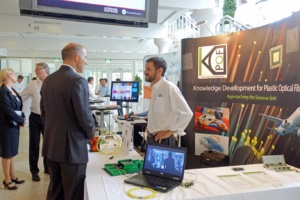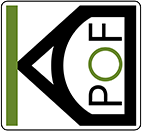JASPAR (Japan Automotive Software Platform and Architecture) announced that KDPOF’s automotive optical Gigabit Ethernet technology has successfully achieved their conformance tests. With the KD1053, KDPOF provides the first IEEE® Std 802.3bv compliant automotive 1000BASE-RHC PHY to deliver 1 Gbit/s data rates over Plastic Optical Fiber (POF). Hideki Goto, Chairman of JASPAR’s Next Generation High-Speed Network Working Group and Group Manager at Toyota stated: “KDPOF’s optical network solution greatly improves the speed of automotive networks and moves beyond obsolete, lagging networking protocols. Optical Ethernet technology is ideal for future in-vehicle network infrastructure, since it provides a radiation-free harness, and thus meets prerequisites concerning electromagnetic compatibility (EMC). Higher speeds are achieved by wider use of the electromagnetic spectrum, which forces OEMs to impose more and more stringent emissions limits on electronic components.”
KD1053 1000BASE-RHC Automotive Ethernet PHY Surpasses Stringent Operational Performance Benchmarks Set by JASPAR
Established in 2004, JASPAR’s mission is to identify the common issues to be faced in the future by the car electronics sector and initiate standardization in order to resolve these issues and encourage the resulting objectives across the entire automotive industry. Among over 220 member companies are leading global carmakers and Tier1 suppliers such as Toyota, Honda, Mazda, Nissan, and Denso and so on.
Comprehensive EMC Testing
Diverse Tier1 and Tier2 carmakers have carried out evaluation tests on KDPOF’s KD1053-based development boards in coordination with JASPAR. The wide-ranging test scopes included EMC emissions and immunity tests, plus extreme temperature testing with standard automotive POF and optical connectors compliant with current ISO 21111-4 CD. EMC included radiated and conducted emissions (voltage and current), bulk current injection (BCI) testing, radiated RF immunity, and portable handy transmitters immunity. In addition, electrostatic discharge (ESD) and transient pulses were performed. The KD1053 solution achieved all test standards by a remarkable margin.
Automotive Innovation Roadmap
“Our core objective at JASPAR is to generate an environment that enables those serving the Japanese automotive sector to cooperate and push automotive innovation further,” added Hideki Goto. “We are very pleased with the results achieved with this joint test project.”
About JASPAR
Focused on the Japanese automotive market, JASPAR was established in order to pursue increasing development efficiency and ensuring reliability, by standardization and common use of electronic control system software and in-vehicle networks as they become more advanced and complex. Engineering staff from various car manufacturers, research institutes, academic establishments, software developers, electrical equipment suppliers, and semiconductor vendors all participate in its activities. To learn more, please visit: www.jaspar.jp/en/about_us
